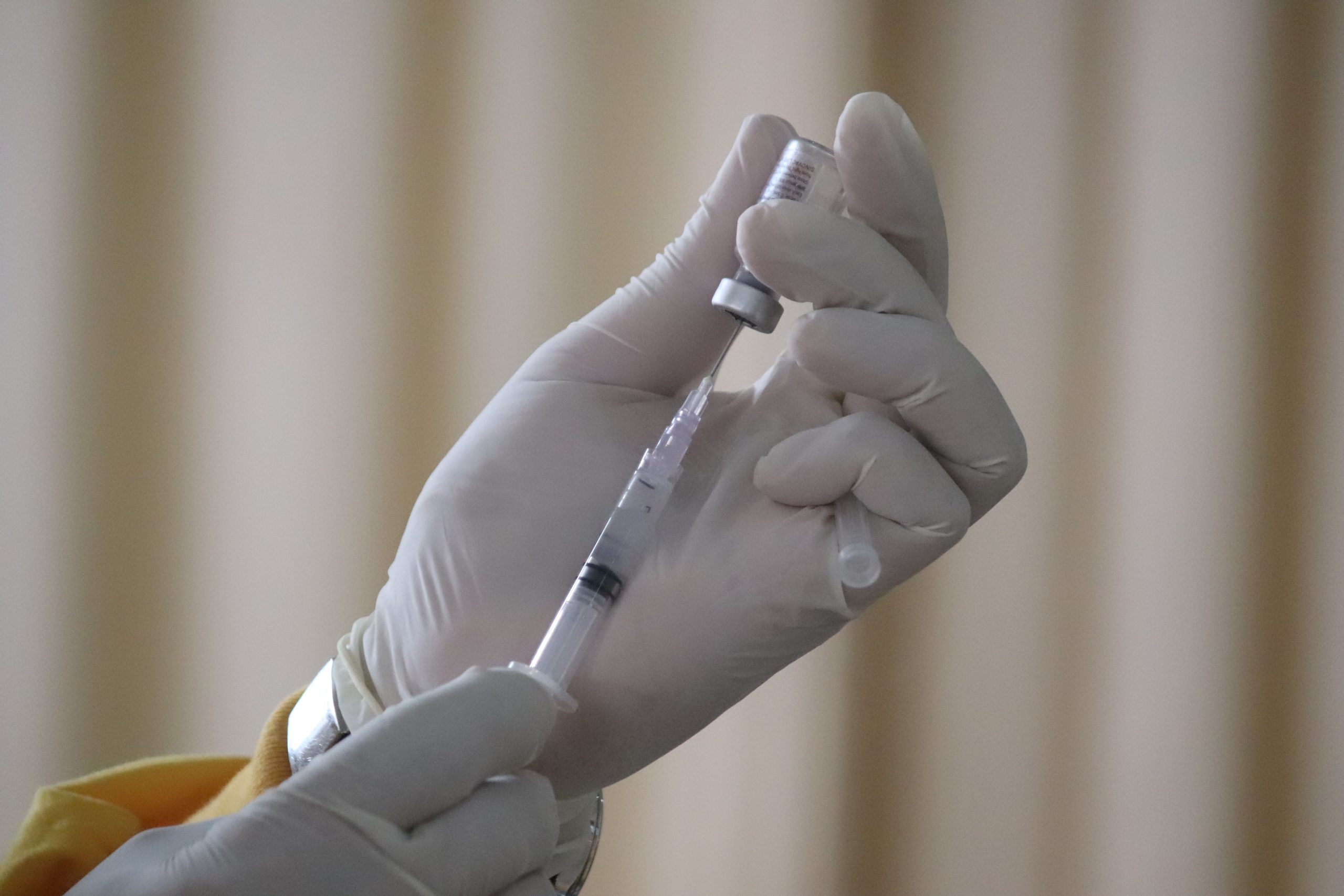A synthetic hormone called melanotan ii encourages the skin’s melanin to be produced. Melanin is a pigment that gives skin colour and shields it from UV radiation’s harmful effects. Melanotan was initially created to be used in the treatment of skin diseases like vitiligo, which cause the skin’s melanin to disappear. Since then, though, it has gained popularity as a cosmetic procedure for those looking to tan without being exposed to dangerous UV rays from the sun or tanning beds.

How is Melanotan taken?
Melanotan is commonly delivered subcutaneously by self-injection, though it can also be taken orally as a tablet. Depending on the patient and the dose used, the results of the medication might be evident anywhere from a few days to a few weeks after starting it. Melanotan may have negative effects in some people, such as nausea, headaches, and skin flushing, but melanotan may have no side effects at all in other people. Still, it is necessary to take into account any potential risks and disadvantages of the therapy, even though melanotan may appear to be a convenient and safe alternative to conventional tanning treatments. Lack of industry control and supervision, which can result in dangerous and ineffective goods, is one of the main issues with melanotan. Additionally, there hasn’t been much research done on melanotan’s long-term effects, so it’s unclear if the medication is safe to use for a very long time.


